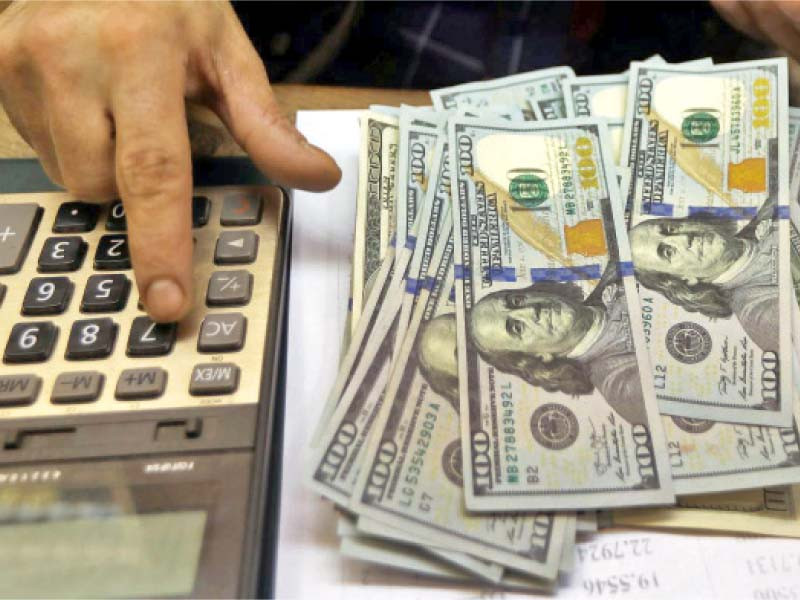
Pakistani currency kept losing ground for the fourth successive day on Thursday, as it decreased 0.83% (or Rs1.89) to a new historic low at Rs226.81 against the US dollar in the inter-bank market.
With the fresh decline, the rupee has dropped a cumulative 7.50% (or Rs15.86) in the past four days, according to the central bank data.
An analyst noticed that the latest day-to-day drop of 0.83%, or Rs1.89, was relatively smaller compared to the plunge seen in the previous three days.
The currency cumulatively dropped 6.6% (or Rs13.97) in the previous three days, indicating it had declined by an average of 2.20%, or Rs4.65, in each of the three days.
“The slowdown in depreciation suggests the import payment pressure has come to an end for the time being,” the analyst said.
Pak-Kuwait Investment Company Head of Research Samiullah Tariq said the rupee came under heavy pressure due to pending import payments in recent days.
The import payments were released against import orders made in previous months. “Latest reports suggest the volume of imports has come down notably in the ongoing month after the government and the central bank took a number of measures to slash an elevated import bill. Accordingly, the rupee should settle down soon,” he said.
Tariq said Saudi Arabia was expected to announce the required guarantee any time that it would lend Pakistan $4 billion to bridge the financing gap in FY23.
It will send strong signals to Pakistan’s capital market and help the rupee to stabilise and recover partly ahead of the IMF executive board meeting scheduled for August to give final approval to the revival of its loan programme for Pakistan.
Other experts, however, argued that the rupee might remain volatile amid growing political uncertainty in the country.
People were asking whether the federal government would survive or would be toppled, leading to early general elections. Besides, Pakistan has yet to meet a couple of conditions to persuade the IMF to give final approval to the revival of loan programme.
These conditions include imposition of petroleum development levy (PDL) on oil products and notifying increase in electricity tariff.
At the same time, the country’s foreign exchange reserves have continued to deplete on a week-on-week basis with temporary pause in financing by the multilateral and bilateral lenders and friendly countries, which will keep the rupee under pressure till the IMF issues its final approval for the loan programme, which is likely in August.
Ismail Iqbal Securities Head of Research Fahad Rauf said the other day the current cycle of rupee devaluation was all set to augment the inflation rate. The rupee’s free fall has made imports expensive as the nation heavily relies on imported commodities like petroleum products, cooking oil and food items.
Published in The Express Tribune, July 22nd, 2022.
Like Business on Facebook, follow @TribuneBiz on Twitter to stay informed and join in the conversation.



1737550160-0/BeFunky-collage-(21)1737550160-0-165x106.webp)

1719319701-0/BeFunky-collage-(10)1719319701-0-165x106.webp)
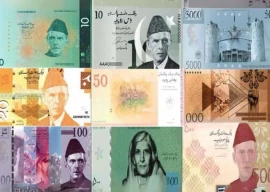
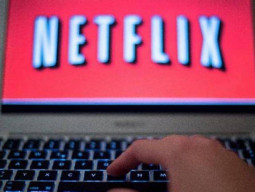
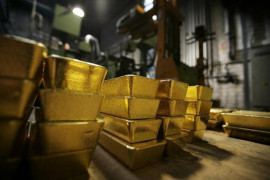

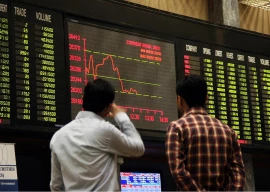
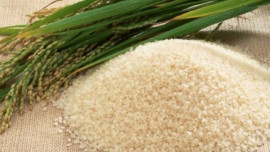

1737452260-0/Gaddafi-stadium-(2)1737452260-0-270x192.webp)


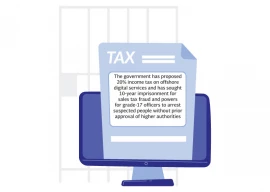
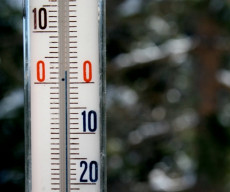






COMMENTS (1)
Comments are moderated and generally will be posted if they are on-topic and not abusive.
For more information, please see our Comments FAQ